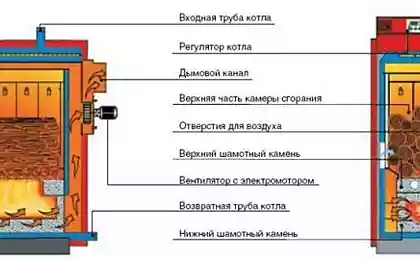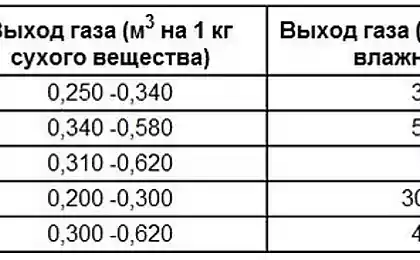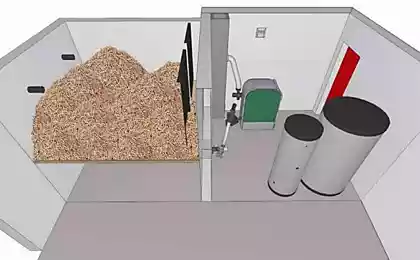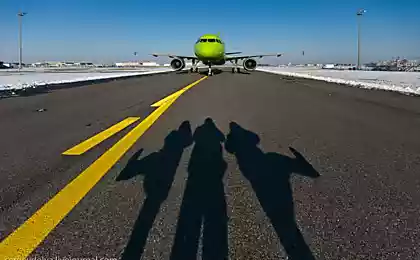475
ALASKA AIRLINES uses wood chips as fuel
Alaska Airlines launched the first commercial flight of the Boeing 737 with fuel partly made from wood chips and waste wood processing industry.
"This latest milestone in the efforts of Alaska to promote sustainable biofuels is particularly interesting because it allows to find a use for the waste of timber and woodworking industries," said Joe Sprague, senior Vice President for communications and external relations for Alaska Airlines in a statement.
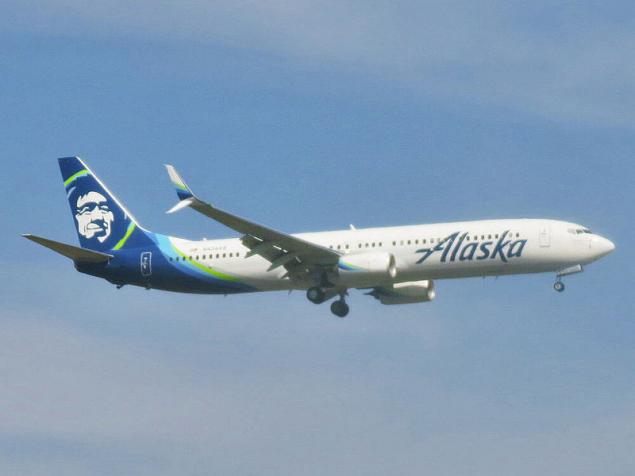
Alternative fuels for jet engines used on flights from Seattle to Washington, DC. This has contributed to the efforts of the Washington State University (Washington State University), North-Western Union of excellence of renewable energy (Nara) and private companies on renewable technologies, GEVO Inc.

But this is not the first time Alaska Airlines has used alternative fuels for jet engines. In June, they used 20 percent of the fuel mixture based on maize on a similar flight.
Like corn, wood also produces sugar during photosynthesis. This sugar can be converted into alcohol, and then, in kerosene or jet fuel. Wood is a more expensive material for such a conversion, but it can be converted into Isobutanol, an alcohol of a certain type, which is more suitable as fuel for aviation engines.

Mixture of wood also brings some additional benefits. It does not compete with food crops and does not take up land used for own cultivation. Instead, it uses wood waste that is usually collected in a pile and burned. And if the conversion process will be developed, you can help to create new jobs for people who have lost their jobs in the forestry and wood industries.
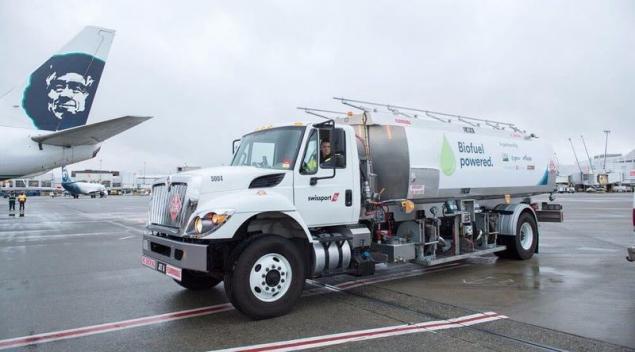
Several airlines around the world have pledged to reduce carbon dioxide emissions from aviation until 2020, which is a very important step, because the jet fuel remains a huge source of carbon emissions.
One flight, which used 1,080 gallons of biofuel had a big impact on the overall greenhouse gas emissions Alaska Airlines for the year. But if the airline will replace 20 percent of all fuel used in the flight from the international airport Seattle-Tacoma in the alternative, that the company will be able to reduce greenhouse gas emissions by 142000 tons of carbon dioxide per year – the equivalent emissions of 30,000 cars. published
materials popsci.com
Source: ecotechnology
"This latest milestone in the efforts of Alaska to promote sustainable biofuels is particularly interesting because it allows to find a use for the waste of timber and woodworking industries," said Joe Sprague, senior Vice President for communications and external relations for Alaska Airlines in a statement.

Alternative fuels for jet engines used on flights from Seattle to Washington, DC. This has contributed to the efforts of the Washington State University (Washington State University), North-Western Union of excellence of renewable energy (Nara) and private companies on renewable technologies, GEVO Inc.

But this is not the first time Alaska Airlines has used alternative fuels for jet engines. In June, they used 20 percent of the fuel mixture based on maize on a similar flight.
Like corn, wood also produces sugar during photosynthesis. This sugar can be converted into alcohol, and then, in kerosene or jet fuel. Wood is a more expensive material for such a conversion, but it can be converted into Isobutanol, an alcohol of a certain type, which is more suitable as fuel for aviation engines.

Mixture of wood also brings some additional benefits. It does not compete with food crops and does not take up land used for own cultivation. Instead, it uses wood waste that is usually collected in a pile and burned. And if the conversion process will be developed, you can help to create new jobs for people who have lost their jobs in the forestry and wood industries.

Several airlines around the world have pledged to reduce carbon dioxide emissions from aviation until 2020, which is a very important step, because the jet fuel remains a huge source of carbon emissions.
One flight, which used 1,080 gallons of biofuel had a big impact on the overall greenhouse gas emissions Alaska Airlines for the year. But if the airline will replace 20 percent of all fuel used in the flight from the international airport Seattle-Tacoma in the alternative, that the company will be able to reduce greenhouse gas emissions by 142000 tons of carbon dioxide per year – the equivalent emissions of 30,000 cars. published
materials popsci.com
Source: ecotechnology
Conflicts between children in a family: the mistakes made by many parents
The main mistakes that prevent you to build muscle






